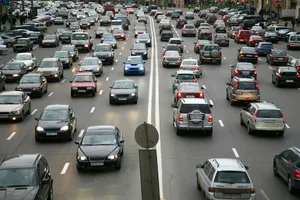
However, findings from a recent study have linked high levels of exposure in the womb to traffic-related air pollution to children who develop autism during the first year of life.
“We’re not saying traffic pollution causes autism, but it may be a risk factor for it,” says Heather Volk, an Assistant Professor at the Keck School of Medicine of the University of Southern California, Los Angeles. “Environmental factors and their link to autism risk in children is an area that’s been understudied until recently.”
These findings support and add to a previous study that examined whether proximity of childhood homes to freeway pollution exposure encouraged the development of autism. Many researchers believe that certain air pollutants can affect brain development.
In this new study, Volk and her team examined measures of air quality around kids’ homes—comparing 245 non-autistic children living in California to 279 children who are autistic. The findings revealed that autistic children were about twice as likely to have had exposure to high levels of pollution while in the womb, and approximately three times more likely to have had exposure to high levels of air pollution during the first year of life.
“This is a risk factor that we can modify to potentially reduce the risk for autism,” said Volk, as she pointed to a particular link between autism and nitrogen dioxide (common vehicle emissions) as well as “particulate matter”, which is a mixture of acids, metals, soil and dust –both types of air pollution are regularly monitored by the Environmental Protection Agency.
Source: Reuters



